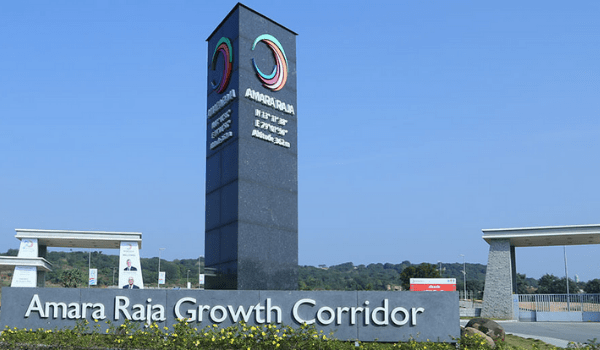Established in a small southern Indian rural area of Renigunta, back in 1984, the Amara Raja Group (ARG) has significantly expanded its operations in the past few decades. However, as the Group continues to achieve growth in business, its people have always been a central focus for the Company’s leadership.
The HR practices and company culture have been studied by many prominent academic institutions. Not surprisingly, it has been the subject of several case study analyses, and even been included in the curricula of various IIMs, as well as the Harvard Business Review. The Group has earned significant recognition as one of the best places to work, globally.
In conversation with HRKatha, Jaikrishna B, president – group HR, Amara Raja Group, discusses his journey in making the HR function central to ARG. “The journey of the transformation of HR for us pivots on unflinching leadership commitment, including that of the promoters and the highly-receptive people of our organisation. The systematic building of capabilities of our HR team and the line leaders, to put people at the centre and drive performance has made this organisation a highly people-driven one,” he says.
The steady HR transformation of the Company, according to Jaikrishna, already has its roots in community upliftment.
He reveals that it took them three steps to transform the HR function to reach the level of efficacy that it operates at today. Jaikrishna explains that the initial two phases led to a strong foundation in terms of employee relations. The third phase of transformation, which commenced post 2005, saw the Group investing heavily on people culture and the HR function.
One of the most unique HR practices that the conglomerate follows is the use of the David Ulrich model. The intricate HR model is designed to improve the efficiency of the function in large conglomerates.
“For a conglomerate, there are multiple business verticals in place and HR policies cannot be similar for all the ventures that a Group has”
Jaikrishna B, president – group HR, Amara Raja Group
Collaboration
The HR function of ARG, as disclosed by Jaikrishna, is divided into three parts. First is the focused HR business partner, which works very closely and directly with the business. The second segment of the human resources function is the shared services partner, which performs the transactional activities, such as processing bills, payrolls and so on.The third segment includes an association of experts in the domain of HR coming together under a wing called ‘Centers of excellence’.
“For a conglomerate, there are multiple business verticals in place and HR policies cannot be similar for all the ventures that a Group has. This wing ensures that suitable HR initiatives for every business are brought forth and implemented,” Jaikrishna enunciates.
Specific action is required to ensure that coordination between the three is smooth and they do not become stand-alone entities in their operation. Only then can such an HR model create meaning for the business, according to Jaikrishna.
When asked whether the model is a sustainable practice, Jaikrishna agrees emphatically. He explains that Amara Raja has worked on setting up a triangular network between the three. “Within these three verticals, we have service-level agreements on various aspects and processes,” he says
Assessment
There are agreed upon parameters that each section is responsible to deliver to the other. This interdependent model of working is substituted by a six-month assessment. With this assessment, the HR determines how well the collaboration between the three elements has worked. Further, clinks in the machinery are identified during the process. If a problematic element is determined, then specific initiatives are implemented to deal with it. Further, it is ensured that the performance appraisal is linked to the service-level agreement. Failure to fulfil KRAs is reflected in individual appraisals. “There is a network in the model, which makes it successful,” concludes Jaikrishna, observing that the model has indeed been a roaring success, improving the people policies of the Group.
Amara Raja operates with a workforce of 16,000, out of which only 140 people are HR executives. Bifurcation of the function helps increase the overall productivity!



